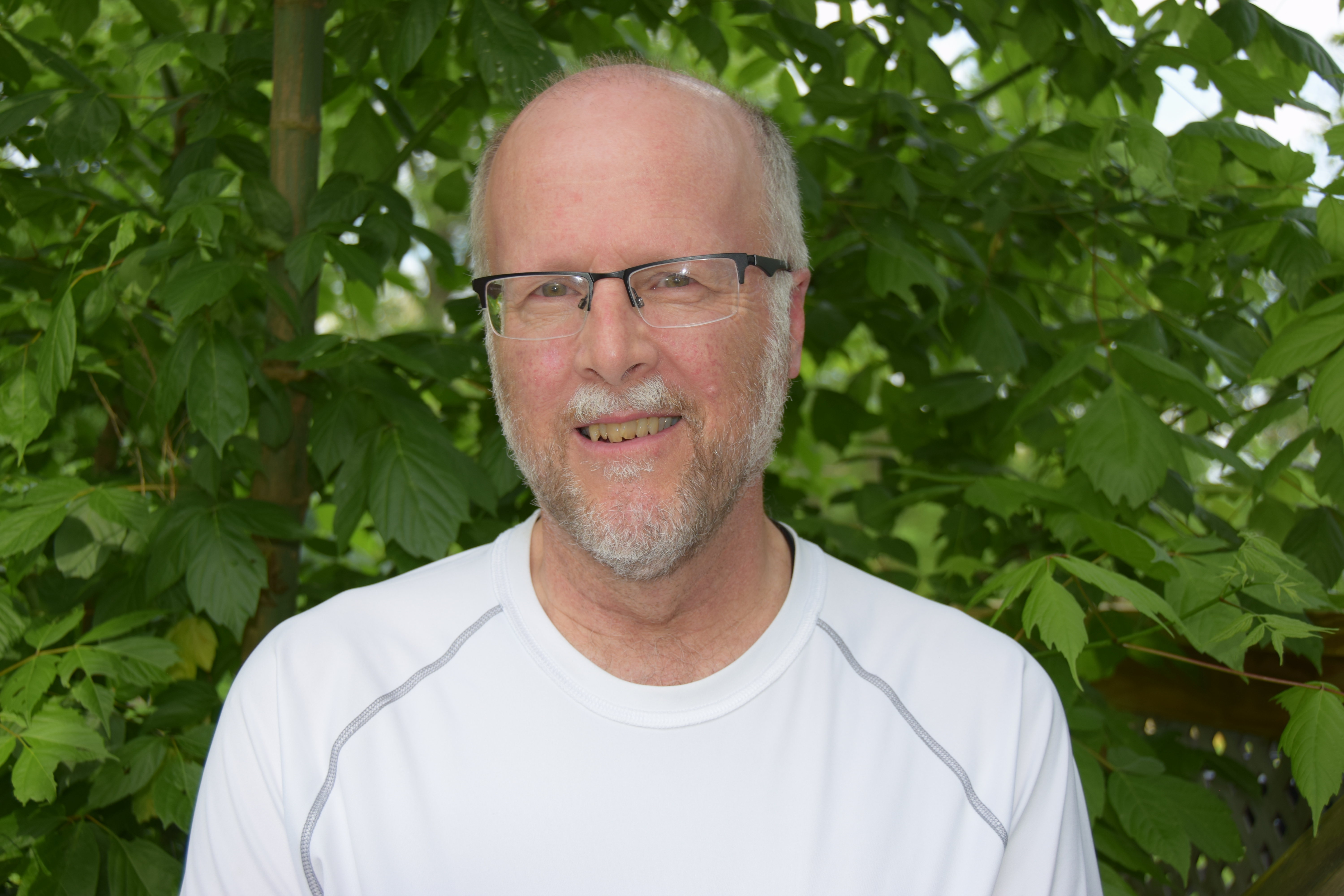The Power of Art
By Gordon Houser
A delightful French film, Faces Places, directed by Agnès Varda and JR, is a documentary from 2017 that appeared on many critics’ top 10 lists, and it would have appeared on mine, had I seen it in time. Varda, 89, is a well-known director (she was part of the French New Wave in the early 1960s), and JR, 33, is a photographer known for placing large photos on buildings. The two travel through rural France and create portraits of people they come across, then paste them onto surrounding buildings. These are regular people, not celebrities.

The effect on the people, as well as on viewers, is stunning. In one town is a block of rowhouses where miners used to live. But all the houses are empty but one, since the mine has long been closed. A miner’s widow lives there. The houses are scheduled to be torn down. JR finds an old photo of miners, blows it up, and pastes it onto the walls of several houses, and townspeople come to see it. It provides a way for them to grieve. He also takes a photo of the widow, blows it up, and pastes it on her house (with her permission). When she comes outside to look at it, she breaks into tears.
We come away from this film struck by the power of art to bring healing, to enhance community, and to help us see our world in new ways.
But it’s more than a travelogue or simple display of their artwork. Varda’s editing and the cinematography are beautifully unassuming and aid the flow of this portrayal of their journey together. The film also explores their relationship. Artists can be self-absorbed, locked in their own visions. JR wears a certain hat throughout and won’t take off his sunglasses, even when inside a building. Varda teases him, bugs him to show her his eyes. Only toward the end, when she is showing the pain of rejection from a fellow filmmaker who was her friend, does he agree to remove his glasses. But we see his eyes only through a distorted lens, which imitates Varda’s own failing eyesight.
Why is this significant? In general, artists are reluctant to focus on themselves; rather, they want the focus to be on their art. At the same time, one’s art always says something about the artist, even if it’s sublimated in the work. And art is experienced in different ways; each of us sees it from our own perspective.
Art also involves feeling, emotion. And in this film, we witness emotion from the people they photograph and display, plus those in the communities who come to view the work. This art brings people together while also making statements about justice issues, such as the inequality toward women in employment practices and the treatment of animals, among other issues. Yet these points about justice do not dominate the film. Rather, the joy of watching the work being done and the interplay between these two artists bring joy to viewers.
Faces Places is streaming on Netflix beginning May 5, 2018.
Read more by Gordon Houser here.




